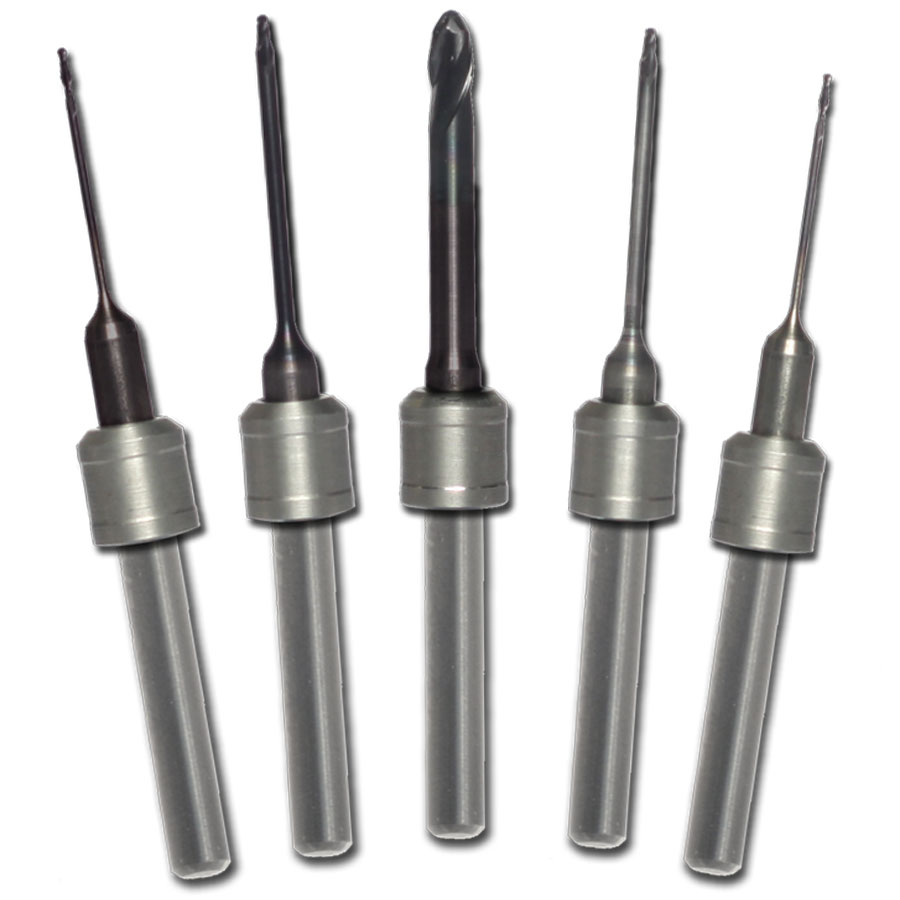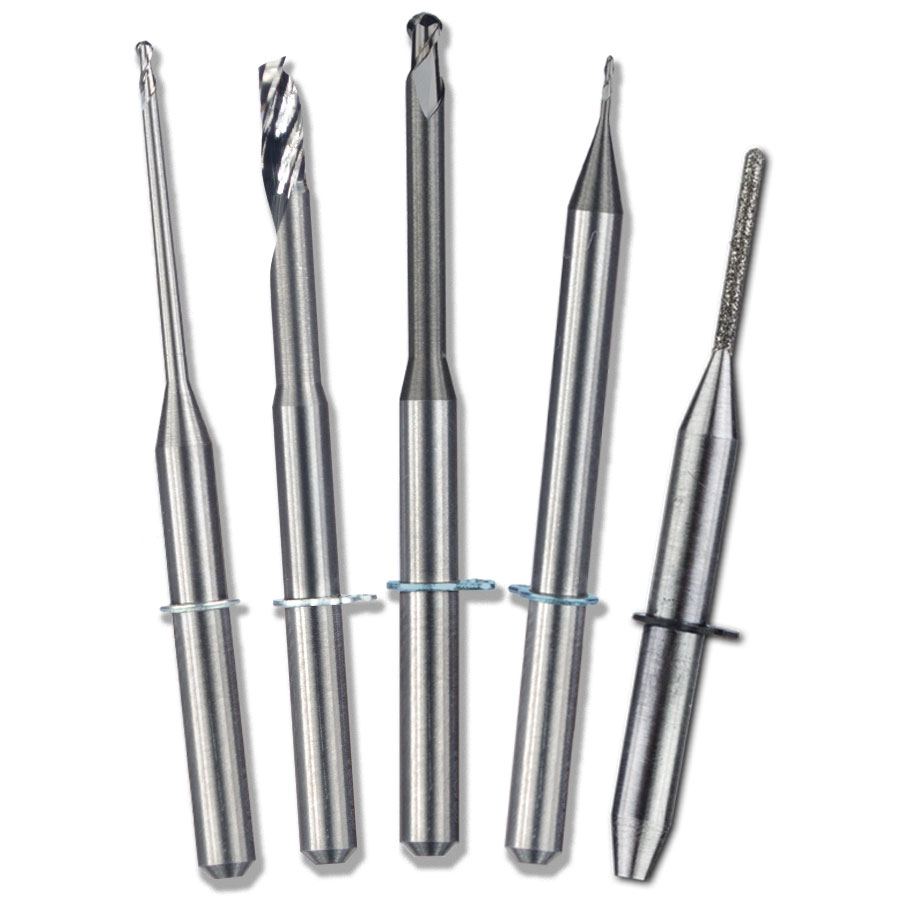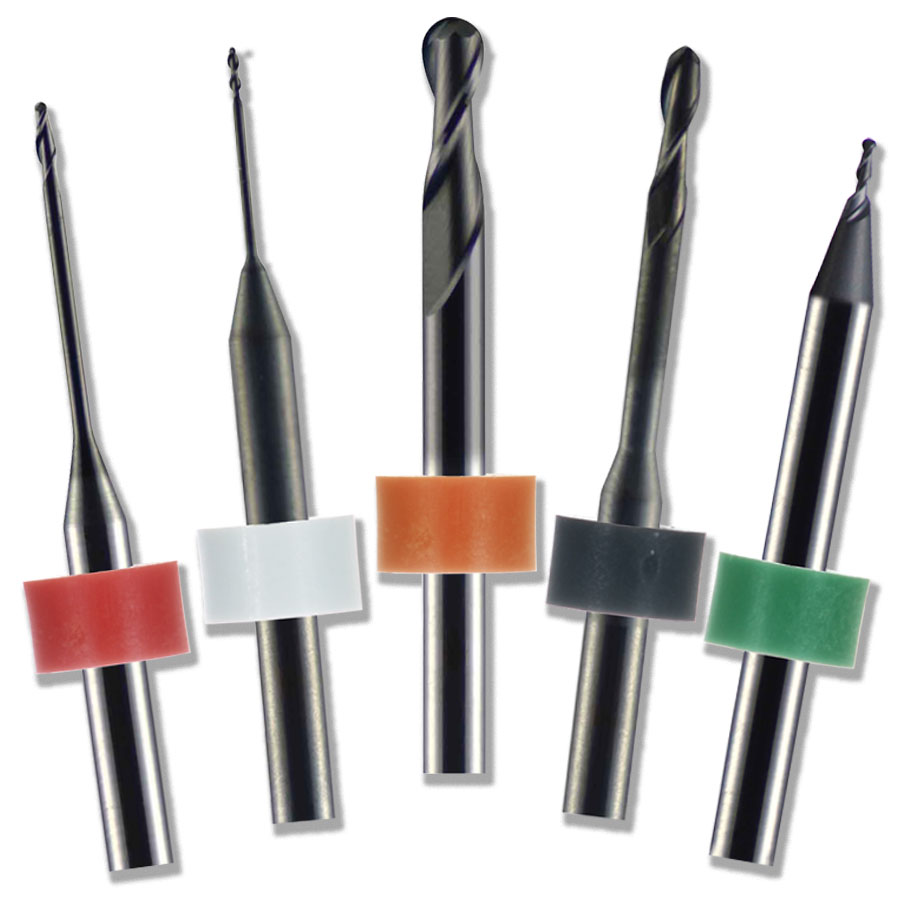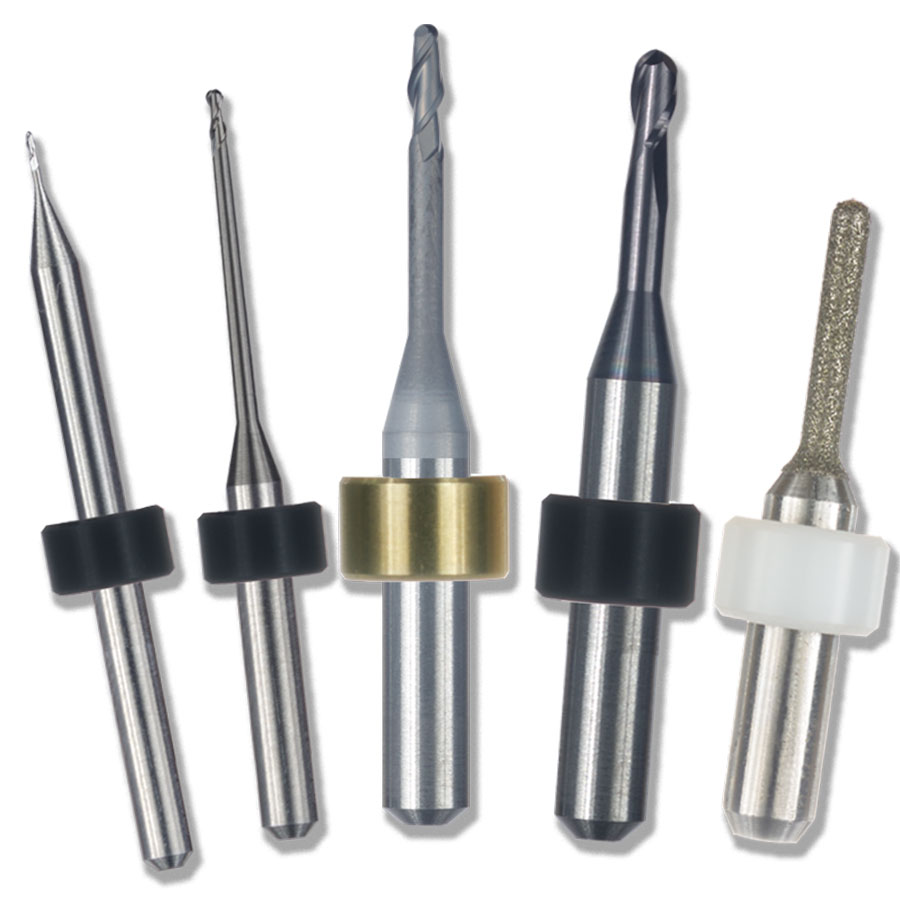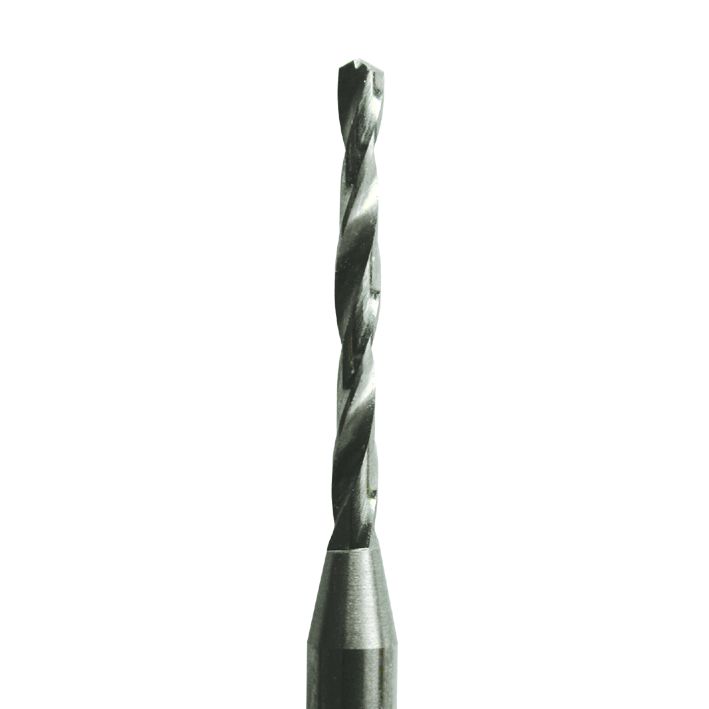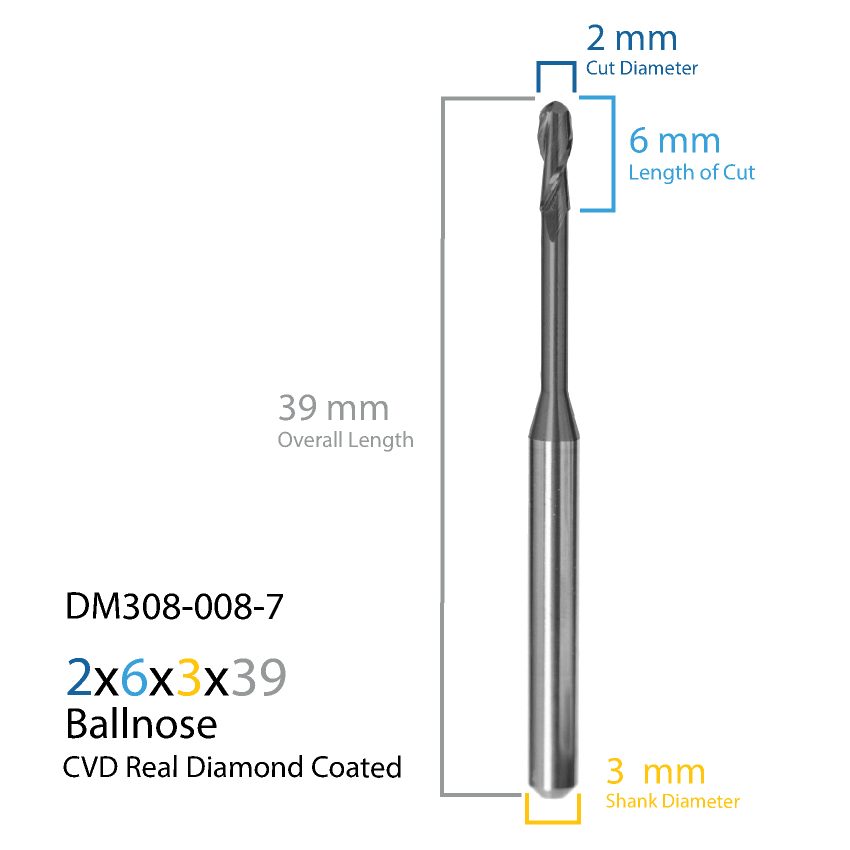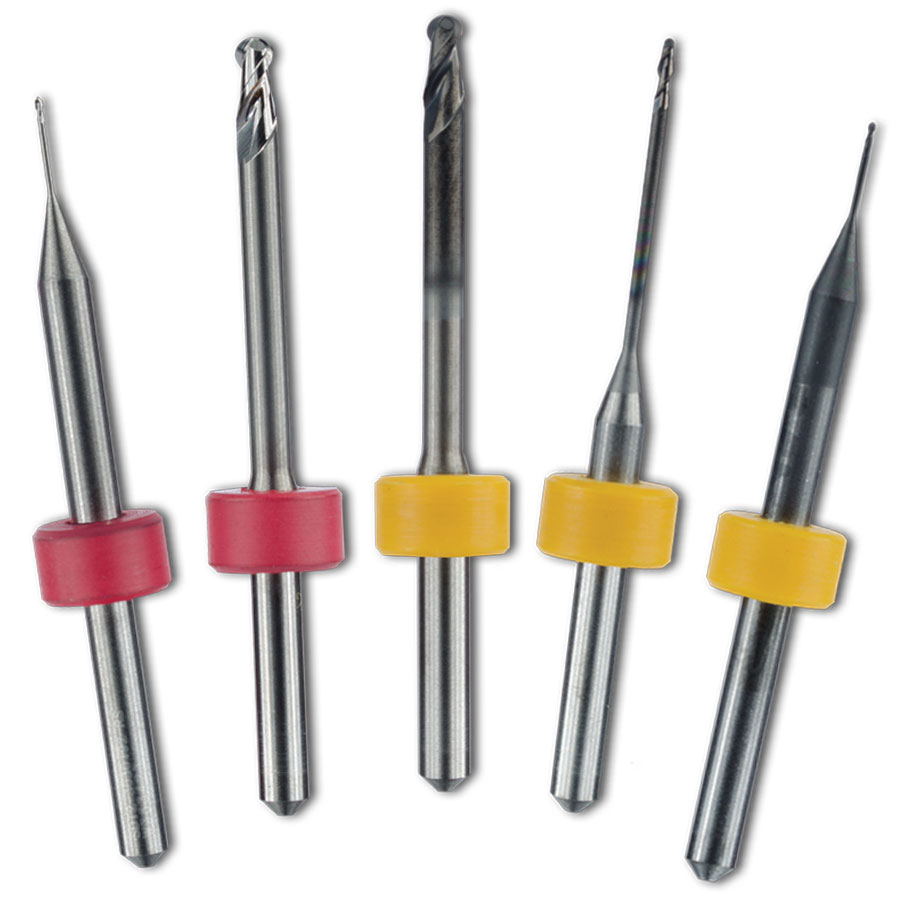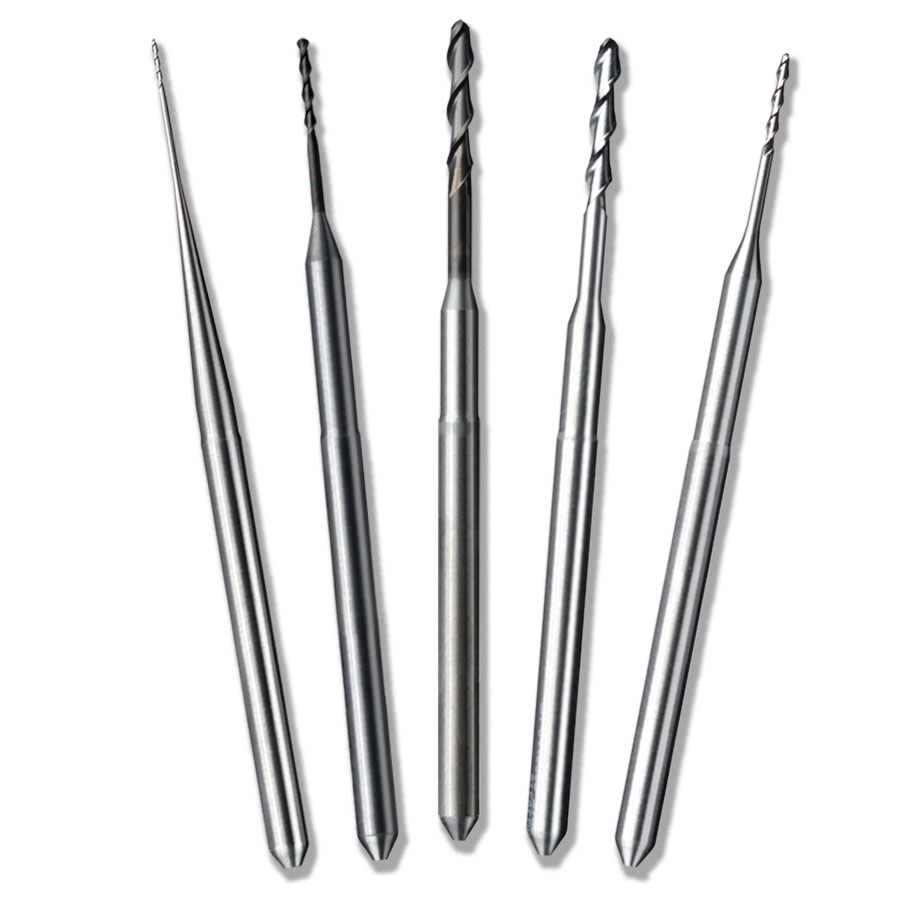Dental CAD/CAM Milling Bur
CVD Real Diamond Coating CAD CAM Dental Milling Bur, give you outstanding cutting life for machining zirconia.
Chemical Vapour Deposition
Chemical vapour deposition (CVD) is an established technology for coating a wide range of metal cutting tools, including drills, hacksaws, band saws, razor blades and inserts. In some cases, CVD can increase the life of a cutting tool by as much as 20 times the life of an uncoated tool. In addition the cutting efficiency, cutting speeds and the quality of cutting of the workpiece are significantly improved by surface engineering. The technology can be used to deposit a wide variety of coatings such as TiN, TiAlN, multilayers, graded coatings and novel new nanocomposite coatings, for a broad range of applications. Yet in one area there has been little CVD work carried out - the surface treatment of biomedical implants and dental tools such as burs, orthodontic pliers and tweezers, all of which can benefit in terms of quality, safety and cost from the application of a CVD coating.
Advantages of CVD
However, CVD is likely to be the future choice for surface coating of dental burs. The major advantage of CVD over the other surface engineering techniques is its ability to coat, uniformly, complex components such as dental burs, dental drills, pliers and tweezers. Additionally, it is possible to apply continuous layers of coatings onto the substrate material, and so make the tool last longer. Another benefit is that CVD coatings can be applied economically and on a large scale with minimal cost towards the equipment used.Diamond Coated Dental Tools
Diamond-coated dental burs are commonly used on patients, as well as in dental laboratories. Dental burs are used for several purposes, including the preparation of teeth cavities and, in many cases, preparation of the teeth themselves for crown and bridgework and partial dentures. Dental burs are also used extensively in the dental laboratory for cutting, drilling, grinding, trimming and polishing of various types of materials such as dentures and metal frameworks.
The burs are made by fixing hard diamond particles onto a substrate surface using a binder matrix material. Dental burs are currently specified by the dimensions of the bur head and the length of the shaft. There is no specification for the grinding surface. In the case of diamond coated burs in particular, there is no standardisation of the grit size or quality of the diamond particles used. The average grit size of diamond particles can vary widely from 50-300µm.
